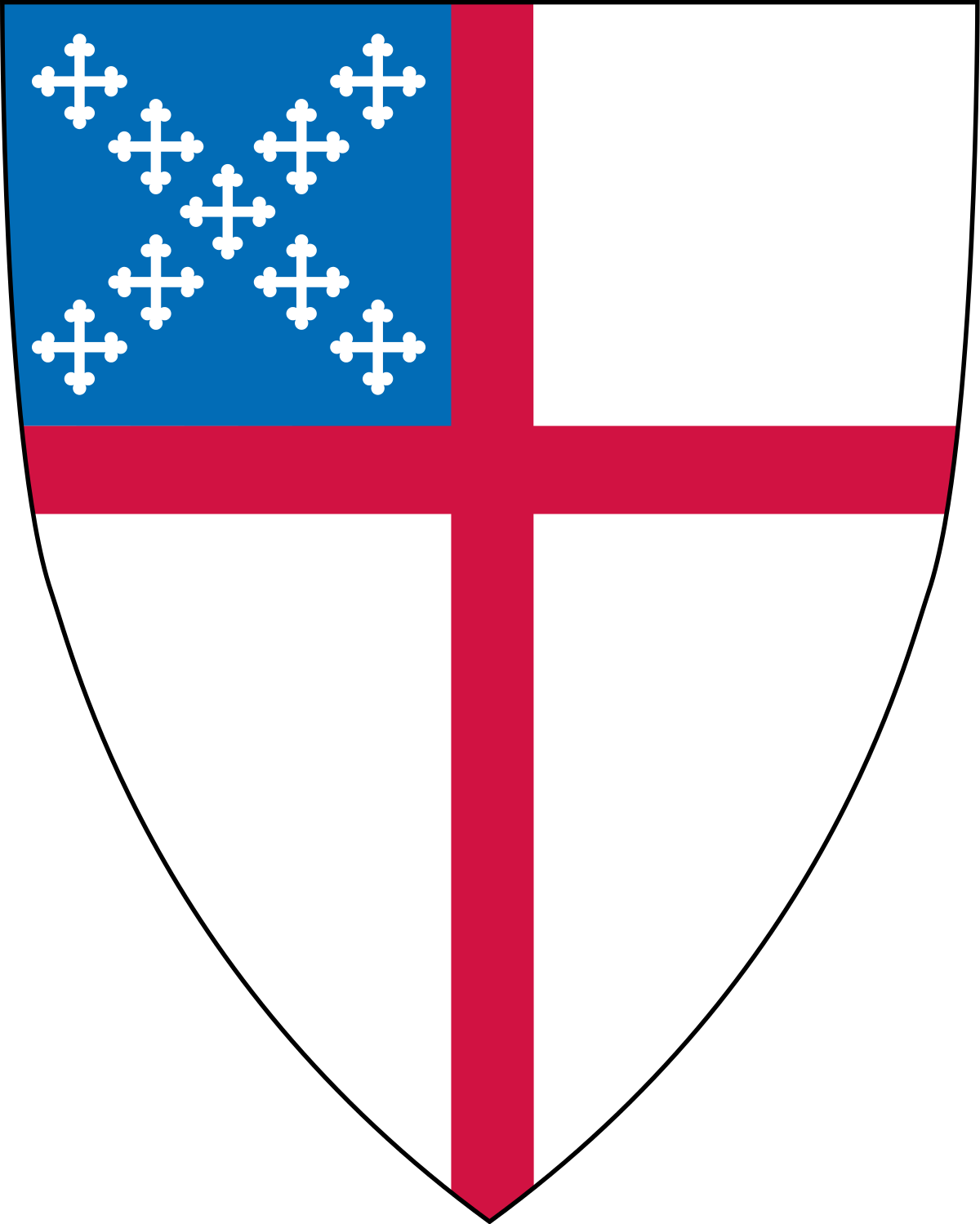
A Brief History of Caroline Church.
The Church was organized in 1723 as an Anglican mission of the Society for the Propagation of the Gospel. The church building was erected in 1729 and originally named Christ Church. Vestry minutes record its consecration on January 25, 1730. The original congregation honored Queen Wilhelmina Karoline of Brandenburg-Anspach, Queen of George II of England by naming the church in her honor. From the date of consecration, the church has been called Caroline Church.
The burial ground around the church was acquired in 1734. By 1744, the congregation had grown enough that a gallery was added to accommodate the parishioners.
During the American Revolution, the congregation remained loyal to the British Crown and one rebel skirmish was fought within range of the Church on August 22, 1777. Patriot soldiers with mounted cannon attacked the Presbyterian Meeting House next door which British soldiers had fortified. The short rebellion lasted a few hours, when the Patriot soldiers returned to their boats and headed back across Long Island Sound to Connecticut.
During the long occupation, services at Caroline must have been officially sanctioned. However, tradition has it that a priest, probably Reverend James Lyons, "a man of wit and talent and basic virtues but with a sharp Hibernian tongue and temper," while preaching one Sunday to British army officers, interjected, "Here I am preaching the blessed Gospel to you and there are your d---d Redcoats in my garden stealing my potatoes!"
The disruption and damage to Caroline parish caused by the occupation and its skirmishes were minor compared to the problems it faced with the departure of the British troops. Many parishioners who had remained loyal to the crown were forced to emigrate, typically to Canada and Nova Scotia. This resulted in a sharp decline in the size and resources of the Caroline congregation, who struggled on to rebuild their humble church.
While the Church of England in America had suffered a devastating blow as a result of the Revolution, meetings soon convened to organize a new "Protestant Episcopal Church in the United States of America." Its first General Convention assembled in Philadelphia in 1785. Samuel Seabury, who had been consecrated in Scotland in 1784, became the first bishop in America. At a convention in 1789 an agreement was reached that brought the Protestant Episcopal Church into existence.
To repair Caroline Church and reinvigorate its congregation, the wardens and vestry made application for financial help in an undated letter to Trinity Church in lower Manhattan. ". . . At the close of the late Revolutionary war their church which was before flourishing was left in a very destitute condition -- the building was very much injured -- some of the most wealthy & respectable of the congregation went from the country, & those who remained were left as sheep without a shepherd."
This abject request probably saved the Caroline Church mission from extinction. The Trinity Church congregation responded with 160 pounds in 1807 and another 200 pounds in 1811. Soon thereafter Charles Seabury, son of Bishop Seabury, brought the first real stability to Caroline Church, serving as rector for 30 years, until shortly before his death in December 1844.
The original colonial church of 1730 was a wooden building 30 by 46 feet, the same as its present size. The square tower that carries the steeple, formerly 15 feet higher than today, is just as old. Time has twisted the steeple's flat sides and vertical lines into eccentric spirals. A major addition, the parish house, was added, at the turn of the 19th century.
Over the next hundred years or so the interior of the church endured many changes, the most significant in the middle of the 19th century. A false ceiling was added, beams were enclosed, new furnishings installed. As a result, the simple colonial interior was shrouded for many decades.
In 1934, in memory of Frank Melville, Jr., the Melville family, active Caroline parishioners, decided to provide resources and initiate a restoration project to return Caroline Church to its original 18th century simplicity.
In 1937, the parish house was detached from the church, reestablishing the original lines of the free-standing structure. Inside, the walls were stripped away, exposing the original hand-hewn oak timbers and the sturdy barrel ceiling. In the vestibule, additional columns and beams were revealed, along with wooden retaining brackets, called ships knees, in the upper corners. An 18th-century bullet was found during the renovation in the church steeple, assumed to be from the skirmish in 1777, and can be seen today in the vestibule of the church.
The interior was completely remodeled in the colonial style. Of particular antique significance was the restoration and electrification of the whale oil lamps that hang over the pews today, and the return of the Sheraton chairs, previously owned by Bishop Seabury and given to the sanctuary by his son and Caroline Church Rector, Charles Seabury.
After several years of work, Caroline Church was added to the National Register of Historic Places in 1991. Caroline Church is the second oldest Episcopal church building in continuous use in the entire United States.
In 2023, Caroline Church will celebrate its 300th anniversary.






